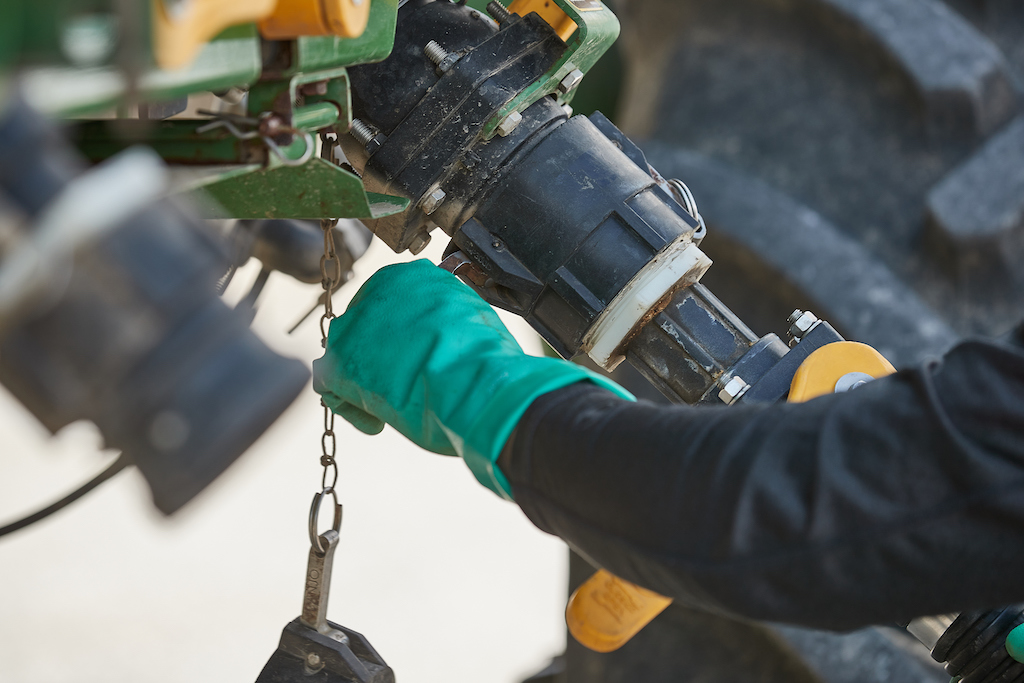Laudis Herbicide
HerbicideLaudis® postemergence herbicide provides grass and broadleaf control combined with crop safety.
Approved In
AL, AR, AZ, CA, CO, CT, DC, DE, FL, GA, HI, IA, ID, IL, IN, KS, KY, LA, MA, MD, ME, MI, MN, MO, MS, MT, NC, ND, NE, NH, NJ, NM, NV, NY, OH, OK, OR, PA, RI, SC, SD, TN, TX, UT, VA, VT, WA, WI, WV, WYLabels / Safety Data Sheets (MSDS)
